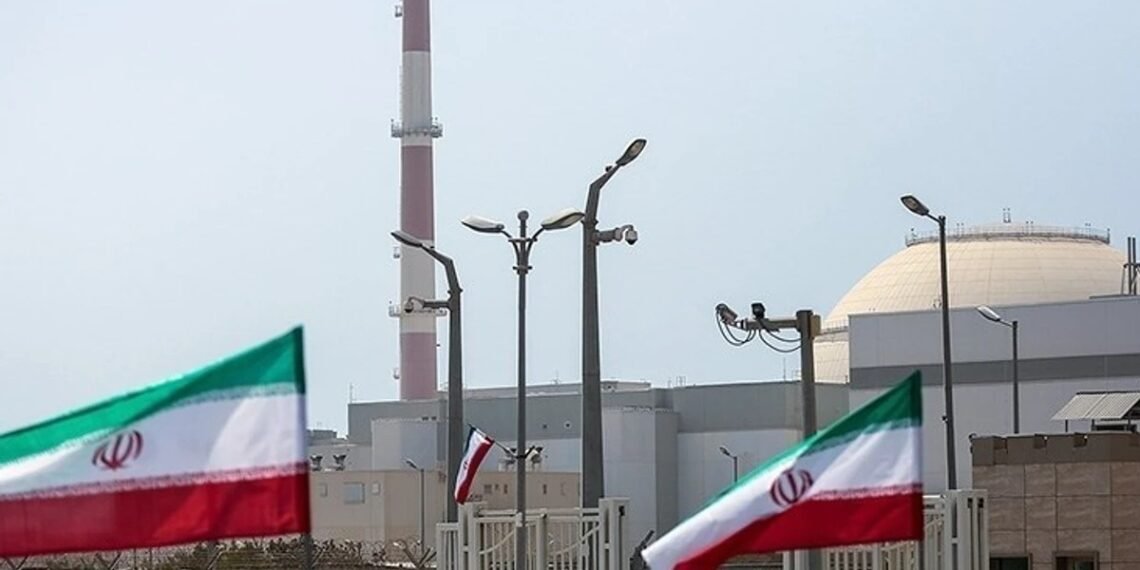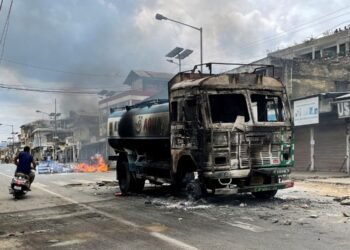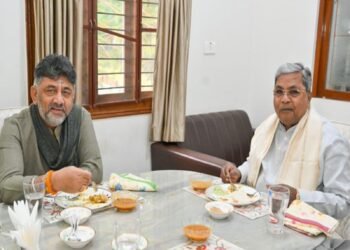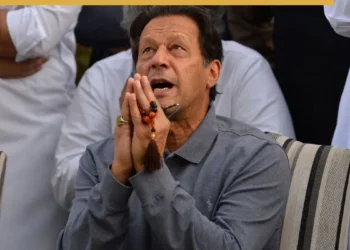Tensions between Israel and Iran are escalating, as Israeli airstrikes on crucial nuclear facilities and targeted killings last week prompted retaliatory strikes from Iran against Israel.
Iran’s Uranium Sites
There are two primary enrichment facilities: one located in Natanz and another in Fordow. There is a facility in Isfahan that, among other tasks, concentrates on manufacturing key materials for the enrichment procedure.
Natanz contains a chamber filled with centrifuges, which are cylindrical machines that rotate at high speeds to enrich uranium for producing fuel for a nuclear power initiative or the essential component for a nuclear weapon.
Similar activities appear to be occurring at Fordow, based on our knowledge. The facility is smaller than Natanz, yet a significant portion is located deep within a mountain.
For uranium to be weapons grade, it must be nearly 90% pure. A bomb can be made with uranium enriched to a lower grade, but this method is significantly less efficient. Approximately 90% is the goal.
Iran’s Nuclear Path
Iran’s nuclear path started in 1958, when it became a member of the International Atomic Energy Agency. The US assisted in constructing its initial reactor in 1967 through the Atoms for Peace initiative. Following the 1979 Islamic Revolution, Iran’s relationship with the West deteriorated, yet its nuclear goals steadily progressed.
In 2002, the discovery of two secret nuclear sites, Natanz and Arak, indicated that Iran had concealed important facilities from inspectors. A decade of discussions and sanctions from the United Nations ensued. In 2015, Iran and global powers agreed to the Joint Comprehensive Plan of Action, restricting Iran’s enrichment in return for easing sanctions.
ALSO READ: Explained: How once friends Iran-Israel became foes?
Iran’s nuclear threat
However, does Iran possess a nuclear weapon? As reported by Iran Watch, a group monitoring the nation’s unconventional weaponry, Iran has several facilities dedicated to nuclear fuel production. It extracts natural uranium, converts it into yellowcake, and subsequently into gas. Centrifuges increase uranium concentration, which can be utilized for energy production or in nuclear weapons. Iran operates multiple enrichment facilities and nuclear reactors for power generation and research, leading to worries it might develop nuclear arms.
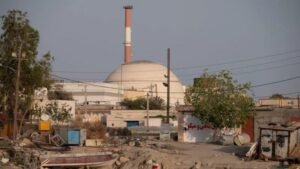
Iran has consistently claimed that its nuclear program is completely peaceful and that it has never aimed to create a nuclear weapon.
In 2015, Iran reached an agreement with six global powers in which it consented to limits on its nuclear operations and permitted stringent oversight by IAEA inspectors in exchange for relief from severe sanctions.
Key restrictions encompassed its creation of enriched uranium, utilized for producing reactor fuel as well as nuclear weapons.
However, US President Donald Trump ended the agreement in his first term in 2018, claiming it did insufficiently to prevent a route to a bomb and restored US sanctions.
Iran responded by progressively violating the limitations, especially those concerning enrichment.
Iran’s nuclear initiative is a controversial issue because of its uranium enrichment practices and lack of complete cooperation with global oversight, raising fears about its capability to create nuclear arms. Although Iran insists its program is intended for peaceful purposes, such as energy production, its activities have led to global scrutiny and sanctions.


